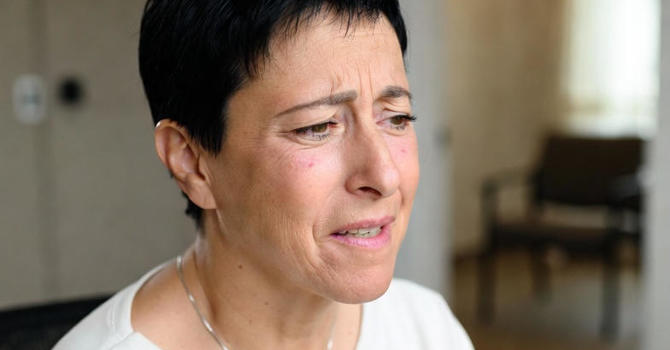What is sciatica and what does it feel like?
The sciatic nerve originates from nerves in the lower back and travels into buttocks and down each leg. It is the biggest nerve in the body and can measure up to 2 cm wide. Because of the length and placement of this nerve, sciatic pain is difficult to ignore and can often prevent you from walking, sitting, or standing as you normally would. Sciatica is a condition commonly caused by a herniated disc, bone spur in the spine, or vertebral misalignment causing swelling that presses on this nerve. When this happens, people typically experience lower back pain and hip pain, along with a burning, numbness, or tingling sensations into the legs down into the foot. Typically, symptoms will only affect one side of the body and can range from intermittent to constant. For some people, these symptoms are worse when sitting or bending at the waist.
Why do some people experience sciatica?
Certain risk factors such as degenerative disc disease, bone spurs, spinal stenosis, prior injuries, or a herniated disc can increase the likelihood of suffering from sciatic pain. Additionally, muscle spasms, being overweight, deconditioning, or just not exercising regularly can create pressure on the sciatic nerve. Even pregnancy can trigger sciatic pain due to muscle tension, unstable joints, and occasionally, the positioning of the baby.
How does chiropractic help?
Chiropractors are specially trained in the musculoskeletal system, which consists of the bones, joints, cartilage, muscles, and tendons. This specialized knowledge makes our Eugene chiropractors uniquely qualified to treat sciatica and other spinal disorders. Furthermore, you do not need a referral to see a chiropractor and treatments are designed to encourage the body to heal itself naturally.
Our chiropractors at Back2strength, PC have years of experience with helping patients overcome sciatica pain. We perform various forms of spinal manipulation to help restore natural spinal function and position to take pressure off the sciatic nerve.
These techniques can vary from a quick, comfortable high-velocity thrust to a combination of minimal force and gentle pressure. Additionally, traction methods are often used to gently move the lower back vertebral to relieve pressure and reduce the swelling affecting the sciatic nerve. The result is a significant reduction in pain and restoration of normal nerve signal flow.
Our Eugene chiropractors offer free chiropractic consultations to discuss your situation and recovery options. Contact Back2Strength, PC at (541) 484-0360 and start feeling better today!
Yours in Health,
Dr. Gregg Gittins




